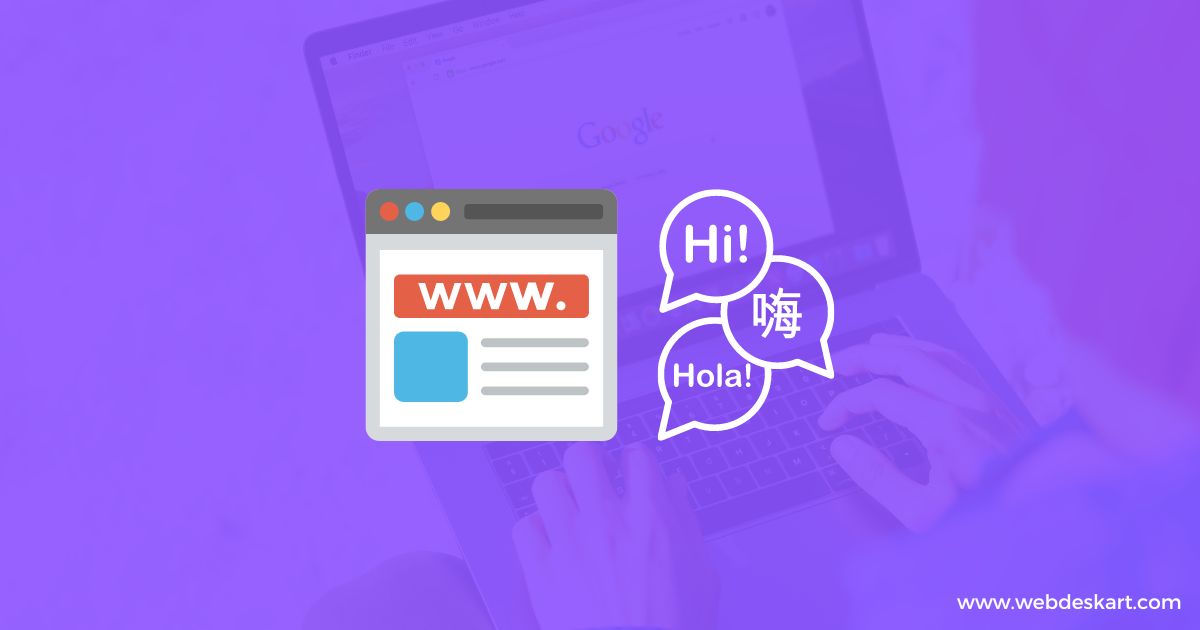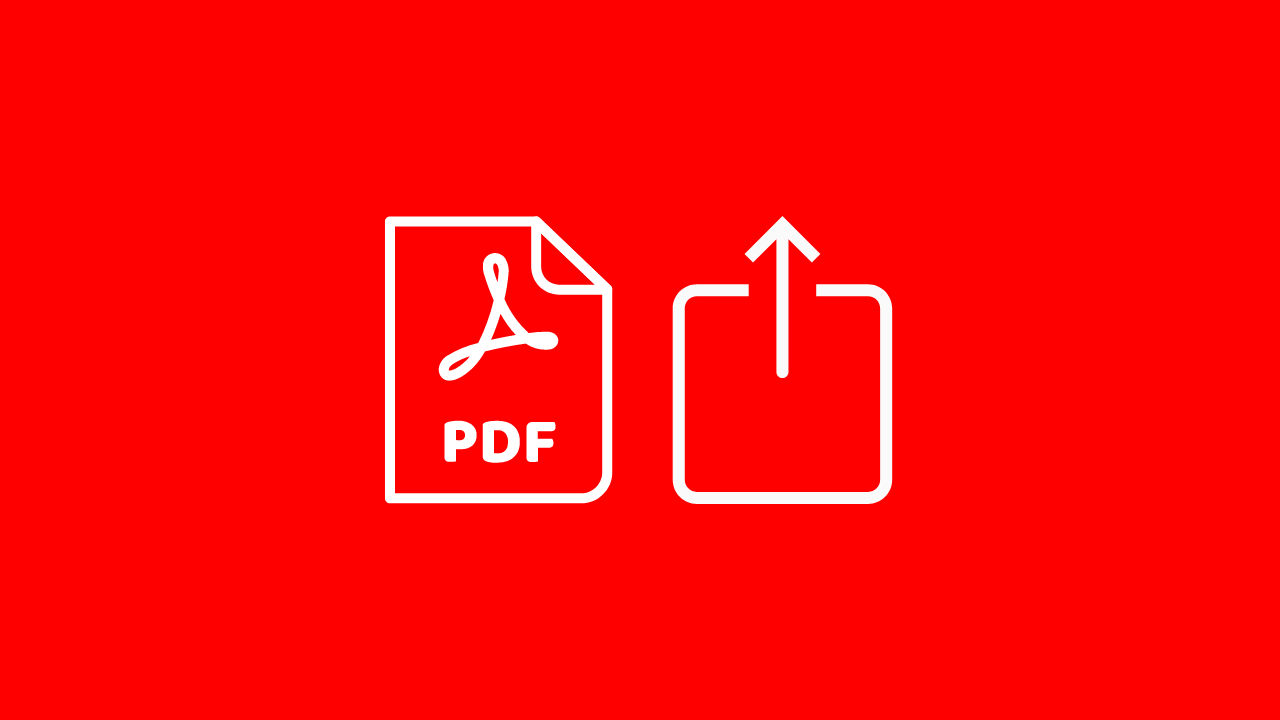On-Page SEO for Multi-Language Websites: hreflang Technique

Multilingual websites are a must-have for corporations and private individuals in the modern era of globalization. As algorithms have been continuously improving, knowledge about details of on-page SEO optimization of the multi-language versions is necessary if one wants to be visible and find their target audience. An indispensable part of this process includes the hreflang attribute that ensures consistent indexation and ranking regardless of the language used.
The Importance of Structuring Languages on Your Website
Google and other search engines rank and index websites for every language and country. However, for Indian websites, language can be a tricky aspect due to the prevalence of both regional languages and English.
You can publish content in multiple languages on a single website without negatively impacting your SEO. It is often recommended to structure languages in different folders, such as example.com/hi/ for Hindi and example.com/en/ for English, for organizational convenience and improved user experience.
You can also read this: Essential Image SEO Tips
The Golden Rule: One Language per Page
Multilingual support is possible on a website; however, the fundamental principle is to use one language per web page. Having two languages mixed within one page may confuse search engines and lead to a poor user experience.
Search engines expect content in a specific language based on the page’s URL and content. Using multiple languages on a single page can lead to incorrect audience targeting and rankings.
Avoiding the ‘English’ Trap
It is not advisable to create a website solely in ‘English’ – a term often used for typing regional languages using the English alphabet. This practice lacks standardized grammar and spelling rules, making it challenging for search engines to understand and index the content accurately.
Instead, focus on publishing content in either a regional language or proper English. As AI and machine translation technologies advance, search engines will become better equipped to deliver content to users in their preferred language, regardless of the source language.
Targeting English Keywords
A common challenge for websites in regional languages is that their audience often searches for content using English keywords. To address this, you can incorporate English keywords within your content while maintaining the primary language.
Instead of mixing languages, enclose the English keyword within brackets alongside the regional language equivalent. This approach allows search engines to associate your content with the relevant English keyword without compromising the overall language integrity.
The Power of Schema Markup and Canonical Tags
When targeting English keywords, leverage schema markup, which should always be in English. This structured data helps search engines better understand and associate your content with the relevant keywords.
For pages with identical content in multiple languages, avoid using canonical tags, as this may prevent search engines from indexing and ranking the other language versions. Instead, rely on the hreflang tag to inform search engines about the availability of alternate language versions.
You should read this article: What are the Roles of an SEO Manager in Digital Marketing?
Exploring the Enigma of the hreflang Attribute
The hreflang attribute is a valuable asset for websites with multiple languages, yet it is frequently misinterpreted. It has dual functions: specifying the language of a webpage and notifying search engines about the presence of alternative language variations.
Comprising of three components – link rel (relationship), href (page URL), and hreflang (language and country code) – the hreflang attribute, when properly applied to each language iteration of a webpage, offers search engines crucial insights into the availability of alternative language versions and their corresponding URLs.
The implementation of the hreflang tag for efficient performance.
To implement the hreflang tag on a language-specific page, you must add the provided code to each version of the page, adjusting the URLs and language codes accordingly.
<link rel="alternate" href="https://example.com/hi/page" hreflang="hi" /> <link rel="alternate" href="https://example.com/en/page" hreflang="en" /> <link rel="alternate" href="https://example.com/mr/page" hreflang="mr" /> <link rel="alternate" href="https://example.com/pa/page" hreflang="pa" />
When you input this type of data into search engines, all the languages present on your website will be indexed, ranked, and made visible to your target audience. This will enhance the effectiveness of your international multilingual SEO strategies.
Conclusion:
To guarantee your multilingual website’s global accessibility and appeal to the right audience, mastering on-page SEO for multi-language websites is vital.
Implementing best practices like using a single language per page, avoiding the ‘English’ bias, incorporating English keywords strategically, and correctly applying hreflang tags can enhance your multilingual site’s optimization, resulting in improved indexing, ranking, and user satisfaction.




